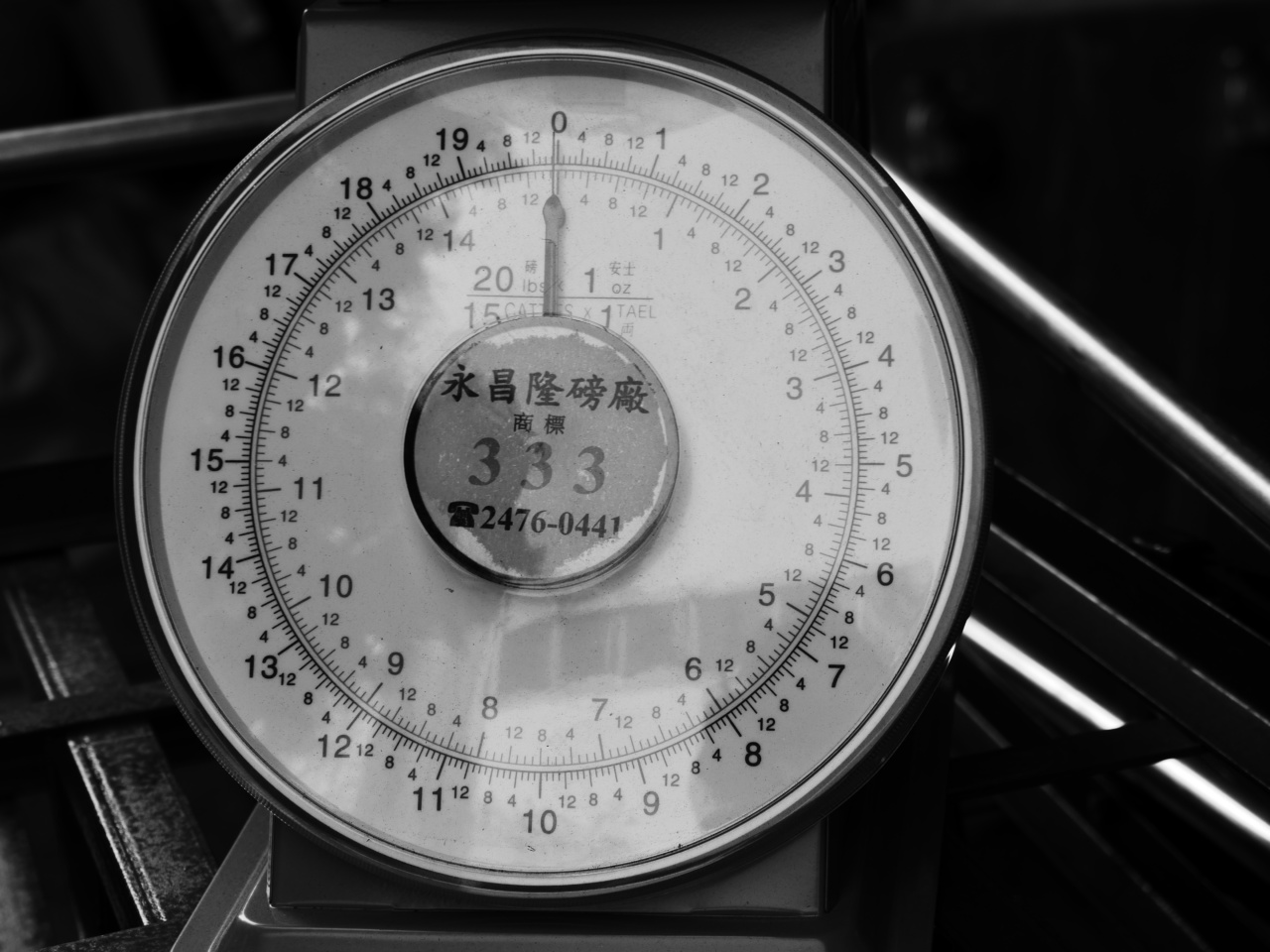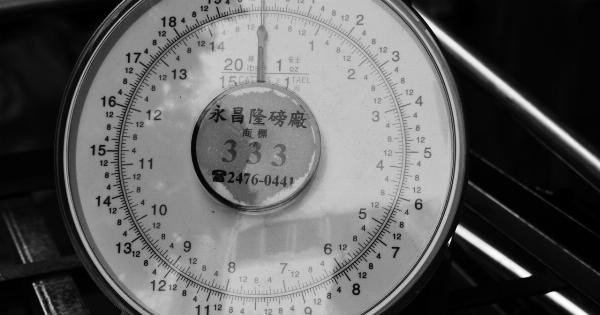High blood pressure, also known as hypertension, is a common health condition that affects millions of people worldwide. It can lead to serious health problems such as heart disease, stroke, and kidney failure if left untreated.
Monitoring your blood pressure regularly is essential in managing and preventing these complications.
Why is accurate blood pressure measurement important?
Accurate blood pressure measurement is crucial for proper diagnosis and effective management of hypertension. It allows healthcare professionals to assess your risk level accurately and determine the most suitable treatment plan.
Additionally, monitoring your blood pressure at home can help you keep track of any changes, detect abnormal readings early, and make informed decisions about your health.
Common methods for measuring blood pressure
There are several methods available for measuring blood pressure, including:.
1. Manual Blood Pressure Measurement
This traditional method involves using a sphygmomanometer, or blood pressure cuff, and a stethoscope.
The cuff is inflated to temporarily stop the blood flow in the brachial artery, and then slowly deflated while listening for the Korotkoff sounds using the stethoscope. The systolic and diastolic pressures are determined by the onset and disappearance of these sounds.
2. Automated Blood Pressure Measurement
Automated blood pressure monitors, often found in healthcare settings, use a digital display to provide blood pressure readings.
These devices typically have a cuff that inflates and deflates automatically, removing the need for manual interpretation of sounds. They are convenient and user-friendly.
3. Wearable Devices
With advancements in technology, wearable devices that measure blood pressure have become increasingly popular.
These devices utilize sensors and algorithms to estimate blood pressure based on various physiological signals, such as pulse rate and blood flow. However, the accuracy of these devices may vary, and they are not recommended as a replacement for traditional blood pressure measurement methods.
Using your smartphone as a blood pressure monitor
Did you know that you can measure your blood pressure accurately using a device you already have? That’s right – your smartphone can act as a blood pressure monitor with the help of a compatible app and add-on devices.
How does it work?
Using your smartphone as a blood pressure monitor typically involves three components:.
1. Blood Pressure Cuff
A blood pressure cuff, also known as a smartphone-compatible blood pressure monitor, is an essential component needed for accurate measurements.
These cuffs are specifically designed to connect to your smartphone through a headphone jack or wirelessly via Bluetooth.
2. Smartphone App
There are various smartphone apps available for both iOS and Android platforms that can turn your smartphone into a blood pressure monitor. These apps provide the interface and algorithms necessary for accurate blood pressure calculations.
3. Proper Technique
Just like with traditional blood pressure measurement, using your smartphone as a blood pressure monitor requires proper technique to obtain accurate readings. Before measuring, it is important to ensure that you are in a calm and relaxed state.
It is recommended to be seated comfortably with your back supported and feet on the ground. Rest your arm on a flat surface with the palm of your hand facing up, and place the blood pressure cuff according to the instructions provided.
Benefits of using your smartphone as a blood pressure monitor
There are several advantages to using your smartphone as a blood pressure monitor:.
1. Convenience
Since most people already carry their smartphones with them at all times, using it as a blood pressure monitor adds convenience. It eliminates the need for an additional device, making it easier to monitor your blood pressure regularly.
2. Cost-effective
Compared to standalone blood pressure monitors, smartphone blood pressure monitoring is often more cost-effective.
The add-on devices are typically less expensive, and the apps themselves may be free or available at a lower cost than dedicated blood pressure monitoring devices.
3. Trend Tracking
Many smartphone blood pressure monitoring apps allow you to track your measurements over time and generate trends and graphs.
These features can provide valuable insights into your blood pressure patterns, helping you and your healthcare provider to make more informed decisions regarding your health.
Limitations and considerations
While using your smartphone as a blood pressure monitor can be convenient, there are a few limitations and considerations to keep in mind:.
1. Accuracy
The accuracy of blood pressure measurements using smartphone devices may vary. It is essential to choose a high-quality blood pressure cuff and ensure that the app you use has been validated and recommended by healthcare professionals.
2. User Error
Improper technique, such as wrong cuff placement or arm positioning, can lead to inaccurate blood pressure readings. It is important to follow the instructions provided by the app and seek guidance from healthcare professionals if you are unsure.
3. Regular Calibration
Some smartphone blood pressure cuffs may require regular calibration to maintain accuracy. Be sure to check the manufacturer’s instructions for any calibration requirements and follow them accordingly.
Conclusion
Monitoring your blood pressure regularly is crucial for managing and preventing complications related to hypertension.
By using the device you already have – your smartphone – along with a compatible app and blood pressure cuff, you can measure your blood pressure accurately and conveniently. However, it is important to choose high-quality devices and apps, follow proper technique, and seek guidance from healthcare professionals when needed.
With proper precautions, smartphone blood pressure monitoring can be a valuable tool in your overall health management.






























